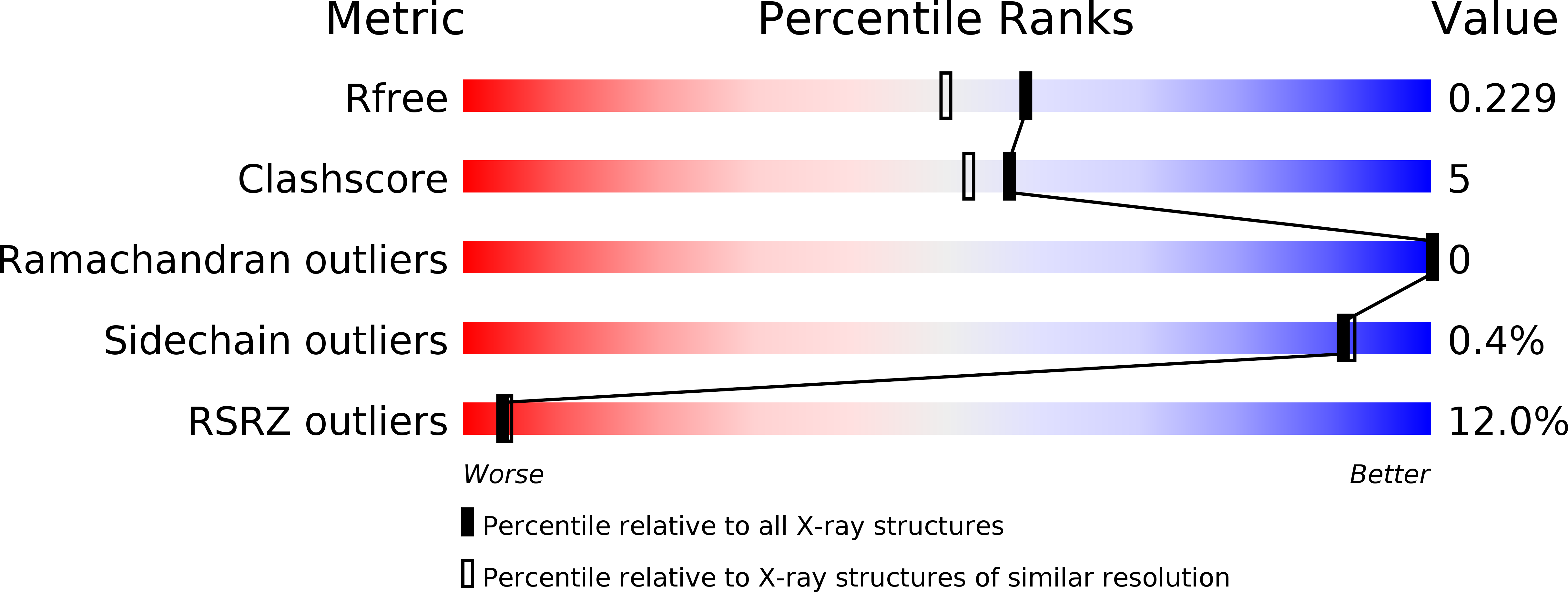
Deposition Date
2007-08-15
Release Date
2008-04-08
Last Version Date
2024-04-03
Method Details:
Experimental Method:
Resolution:
1.90 Å
R-Value Free:
0.22
R-Value Work:
0.20
Space Group:
P 61 2 2


